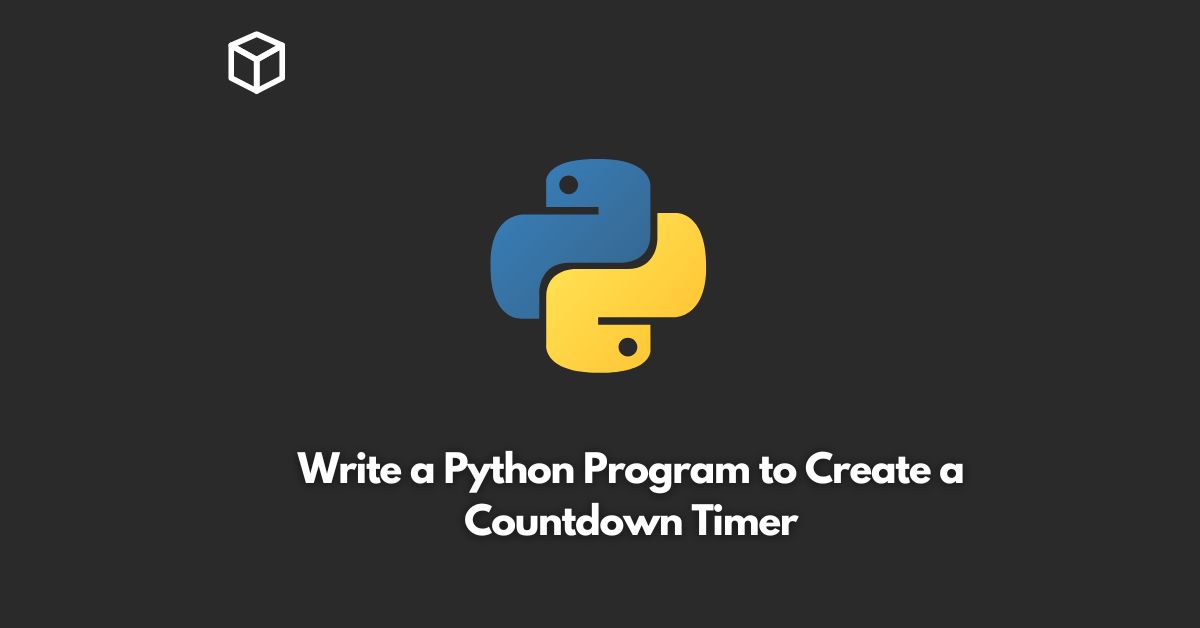Python is a popular programming language that has been used in a wide range of applications.
In this tutorial, we will explore how to create a countdown timer in Python.
A countdown timer is a simple application that counts down from a specified time and notifies the user when the countdown is complete.
In Python, we can create a countdown timer using the time module, which provides various functions related to time.
Here is a simple Python program that creates a countdown timer:
import time
def countdown(t):
while t:
mins, secs = divmod(t, 60)
timer = '{:02d}:{:02d}'.format(mins, secs)
print(timer, end="\r")
time.sleep(1)
t -= 1
print('Time\'s up!')
t = input("Enter the time in seconds: ")
countdown(int(t))
In this program, we import the time module, which provides access to various time-related functions.
We then define a function called countdown that takes an argument t which represents the time in seconds for the countdown.
The while loop is used to iterate over the countdown, where we use the divmod function to separate the minutes and seconds from the remaining time.
The timer variable is used to format the output string in the mm:ss format.
We then print the timer value to the console using the end="\r" parameter to overwrite the previous value on the console.
The time.sleep(1) function is used to pause the program for one second.
Finally, we decrement the countdown by one second and print Time's up! when the countdown reaches zero.
To run this program, simply save the code to a Python file and run it using a Python interpreter.
In conclusion, creating a countdown timer in Python is a simple task that can be accomplished using the time module.
With the code provided above, you can easily create your own countdown timer and customize it to suit your specific needs.




